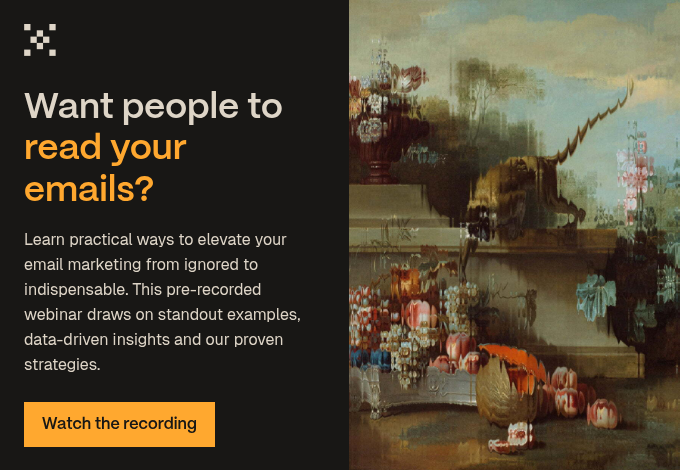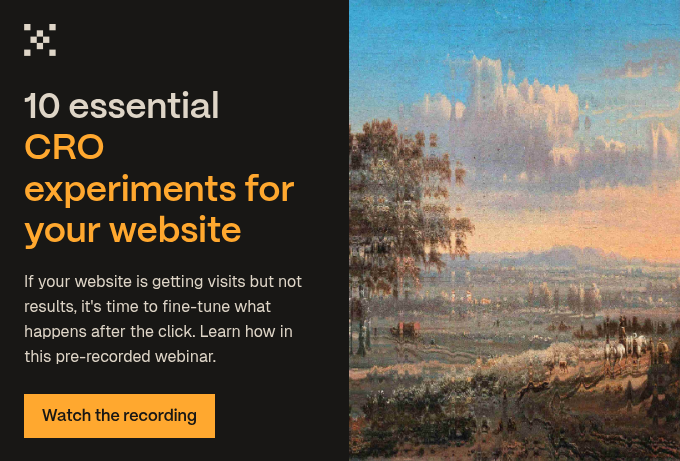If your CRM platform is the back-end of your tech stack, then marketing channels are the front-end. They are the (primarily) digital platforms where your audience sees the content you produce and learns about your company and services.
Every business has to work out for itself where its audience is spending time, and so where it should maintain an active presence. The bigger the presence, the more likely your audience will notice you and buy from you.
Ground zero: your website (and beyond…)
Ipso facto, the best marketing channel is your website. That’s the platform where you have the most control. You want to drive traffic to this site and get noticed on search engines. That’s the heart of inbound marketing. Of course, you need to get people to come to your site. To do that, it helps to go where they are already. That’s where off-site marketing channels come into play.
Use this list to gauge your current marketing channel stack. What platforms do you use? Which ones get the most attention and why? What data do you have to show this is where your audience is getting their information? What are your growth areas for the next year?
1. Email
Email is a great way to promote your business and get contacts who have already engaged with your content to return to the website. When sending marketing and sales emails, you want to ensure they look right for all email providers and aren’t going straight to spam. Test how your emails look on different devices and on the main email providers such as Outlook and Gmail. Make sure you’re sending emails from a clear sender address linked to your company, and that you’re compliant with the law (such as GDPR in the UK and Europe).
2. Social media
For B2B marketing, we suggest you prioritise posting on LinkedIn. This is a lively space for business networking. People on this platform (all 950 million of them) expect to talk business here. Nevertheless, it’s useful to have a presence on Facebook (three billion users), Instagram (two billion users) and X/Twitter (250 million users), too. Other platforms dominate in different parts of the world, such as WeChat in China.
3. Industry aggregate sites and directories
Most industries will have a few aggregate sites kicking about. For service providers, there’s Clutch.co, as an example. ‘Yell’ is a big one. Make sure you have set up at least a free profile on as many of these as you can find. It’s a free backlink, if nothing else. Moreso, it’s probably where your audience will go when they’re researching providers. You may choose to pay for a profile on a particularly good site, if you want to elevate your brand’s presence there.
4. Review sites
TripAdvisor, Yelp, Glassdoor — there are any number of these review sites. People use peer reviews to decide if you are a good business to work with, so the more good reviews you have, the better. Testimonials are not something you can control, but you can encourage happy customers to post a review.
5. Forums
Some industries are more forum-heavy than others. Quora is a good general forum to have a presence on. Answer questions relevant to your industry to build your position as an expert.
6. Podcasts
You may have your own podcast, or you may be a guest on another podcast. This is an increasingly popular way of delivering content to an audience. Often, podcasts are hosted on multiple platforms such as Spotify or Apple. Some platforms can simulcast your podcast across multiple media sites.
7. Video platforms
As with podcasts, if you’re running an online speaking event, a webinar or you want to leverage video marketing for your business, then you need a channel like YouTube or Vimeo to do it.
8. Events
Speaking in terms of tech, we mean online events, but of course, these could be in-person. They’re a marketing channel like any other and can be a useful way to broaden your reach. In fact, there are whole platforms dedicated to hosting online conferences, such as vFairs.
9. Publications and print media
Press release sites will post your company news on a range of platforms. These do sometimes get picked up by journalists for news media. You can also get published or run ads on media like magazines, if it makes sense to do so in your industry. It’s worth investigating what niche publications your audience reads and finding out if there are opportunities for you to get a featured article or advertisement. These platforms can be quite costly, but they also have the potential for a high return, if your story is particularly sensational.
10. Advertising
Advertising is a very broad topic. Many businesses use pay-per-click advertising like Google Ads or ads on social media, but of course there are a myriad of places to advertise. Again, this can be a costly marketing channel, but useful if you’ve got well-placed, well-timed persuasive ads. We’d suggest starting with free channels like social and email, and going from there. But, that’s what any inbound marketer would say. You can test each channel and see what works best for you.
Prioritise and focus
For many of these channels, the goal is — you guessed it — to funnel traffic to your website and to drive contacts into your database, ideally via integrations with your CRM system. All roads lead to Rome. (A hub of commerce, talent, thought leadership and immense beauty that has stood the test of time… Hey, we’d all like a Rome, right? Sadly, we hear it wasn’t built in a day…)
Your best bet is to prioritise. Establish your presence on three or four channels. Look at where you get the most engagement, then focus your efforts to optimise communications there. Build connections and establish a consistent and recognisable brand voice. Where possible, use scheduling software, workflows and tools to set up a central framework for your promotional channels. Your CRM platform may have this built-in, or you can use any number of tools on the market to do so.
Remember, you don’t get to choose where your audience might be. You can’t pick your platform based on what you’d prefer to use. Rather, you must differentiate yourself within highly trafficked, competitive spaces, standing apart through your brand identity, your content and the quality of your offering.

 Posted by
Maddy Leslie
Posted by
Maddy Leslie






